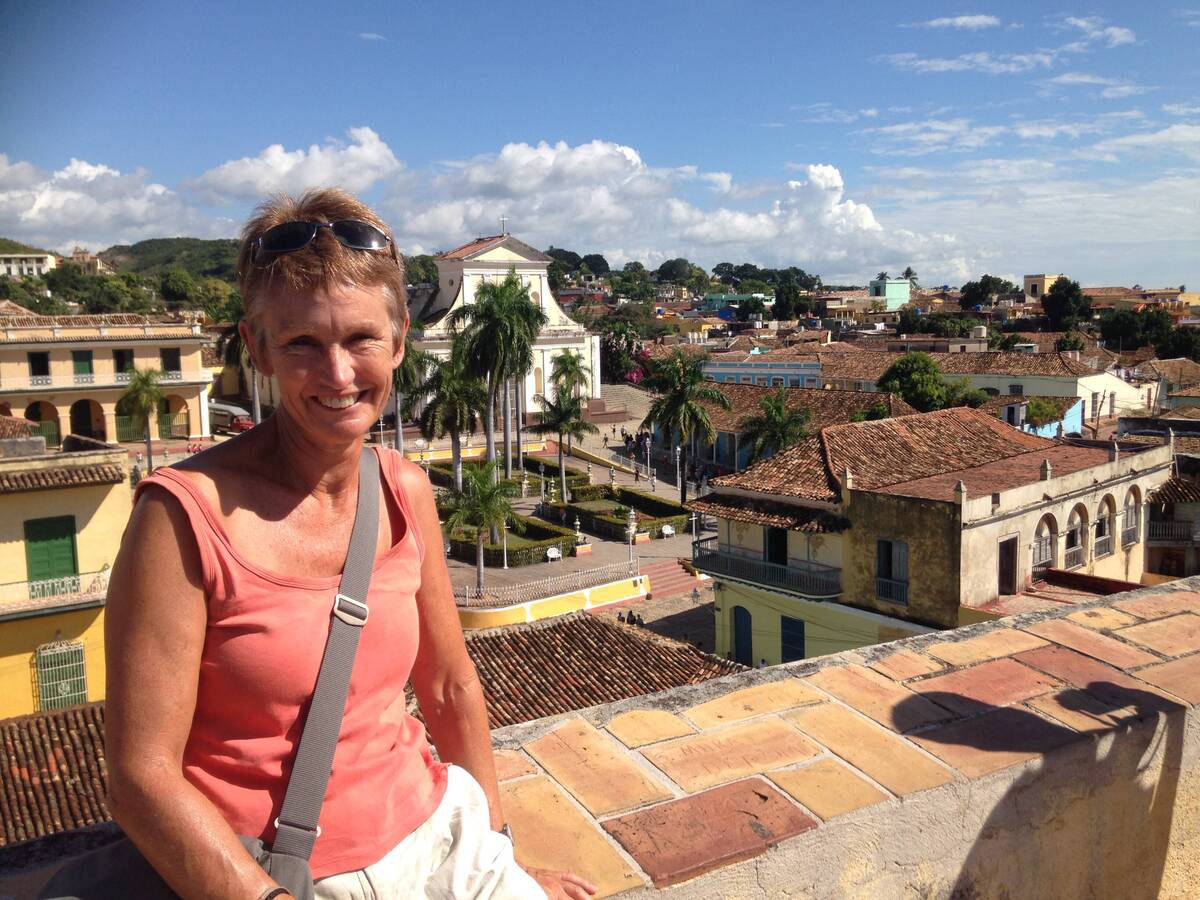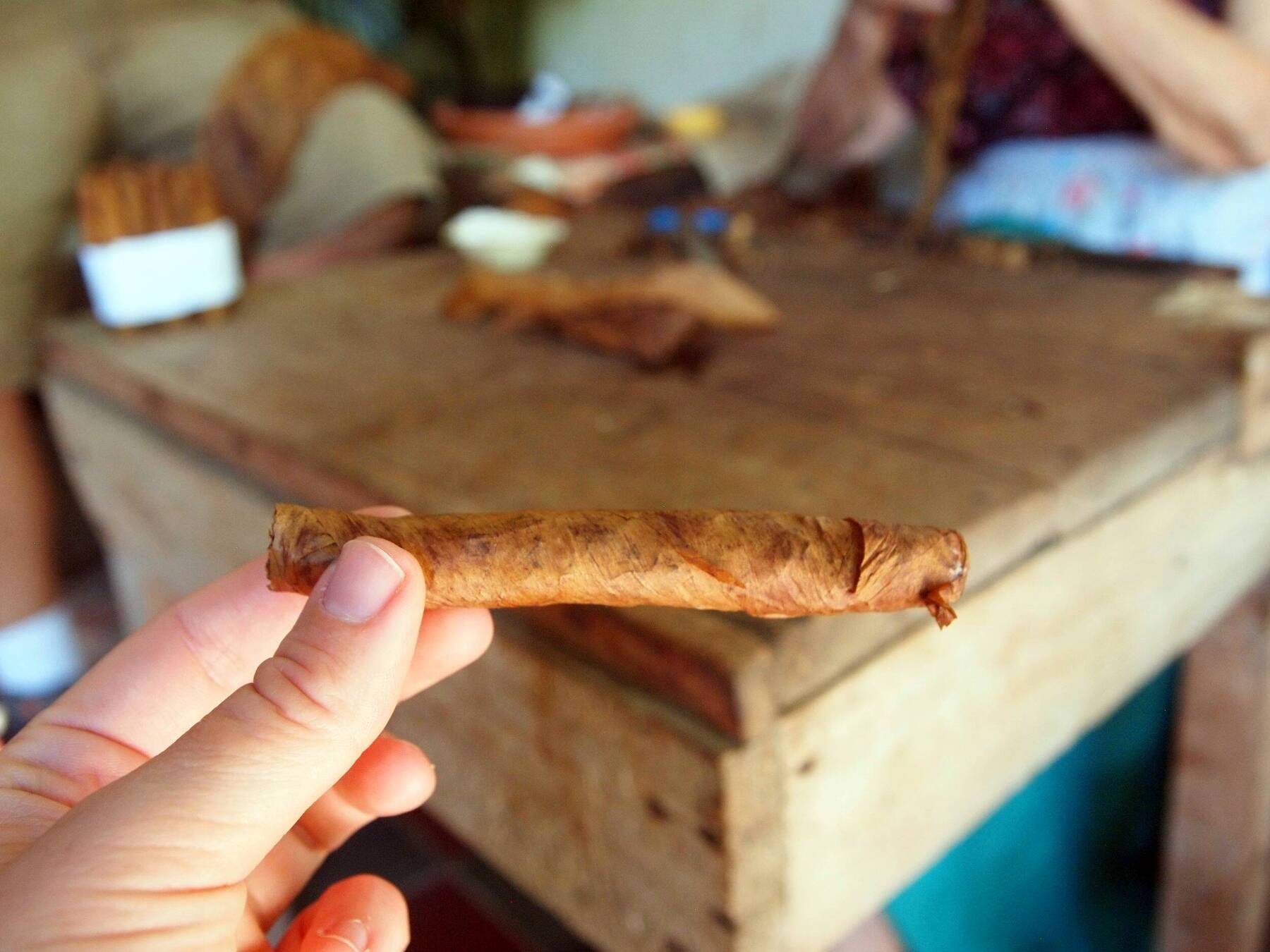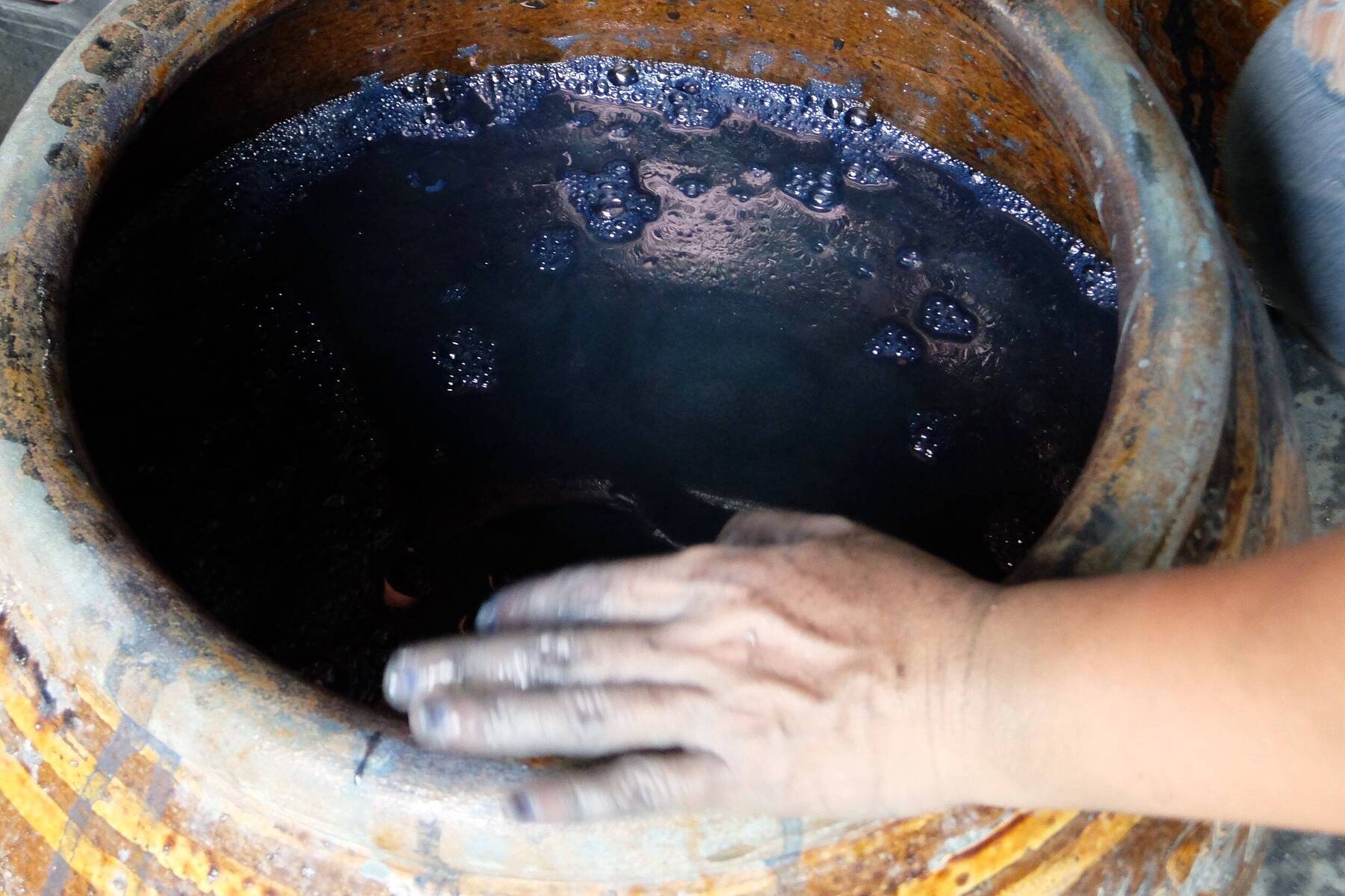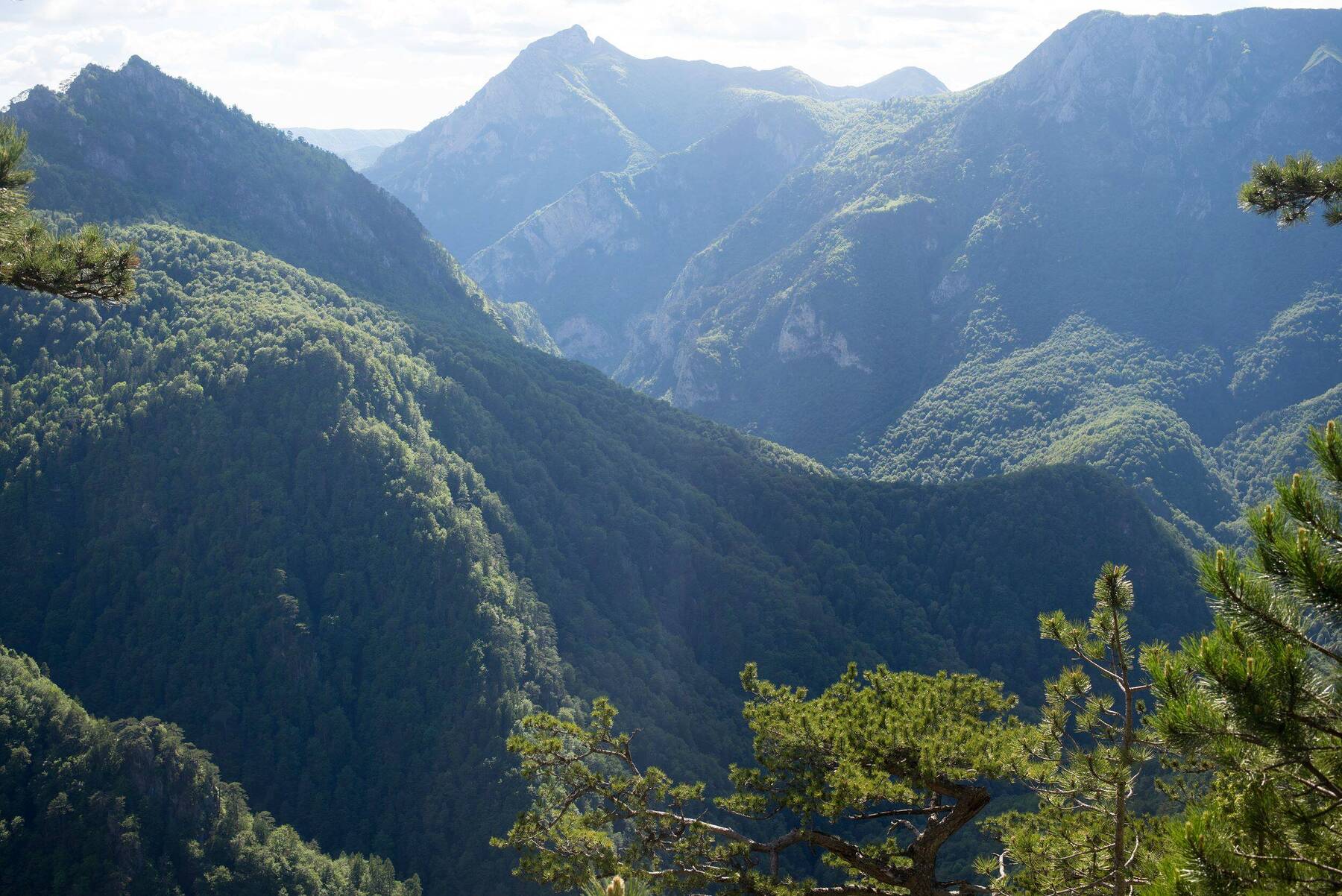Be Amazed at these Rock Formations
One and a half kilometres out of Suchitoto, and a short, steep, rocky walk down from the carpark at Cascadas Los Tercios, you’ll reach a waterfall. It can sometimes lack water but just the rock formations are worth the trip. Formed by rivers of lava from an eruption around sixty thousand years ago, vertical hexagonal pillars around 30 centimetres wide and of varying heights, like giant sticks of quartz, form the backdrop of this 9 metre waterfall. During May to December, water tumbles over the spires forming a multitude of mini-waterfalls. It looks like a man-made sculpture but this is all natural. Other pillars lie vertically stacked on top of each other. They too once used to stand but have fallen due to the soggy ground beneath.
Another short walk from here leads to a look-out over peaceful Lake Suchitlán. The man-made lake, providing hydro-electricity, is covered in hyacinths much of the time apparently making it difficult to go boating on. However, boat trips can be taken and it’s a birdwatcher’s paradise. Spot local fishermen trying their luck. The lake is within walking distance of town.
Cascadas Los Tercios can be reached by foot (ask around about safety though – robberies have been reported over the years), the tourist office in town offers free guided tours daily, or take an organised tour which includes other sights.























Comments